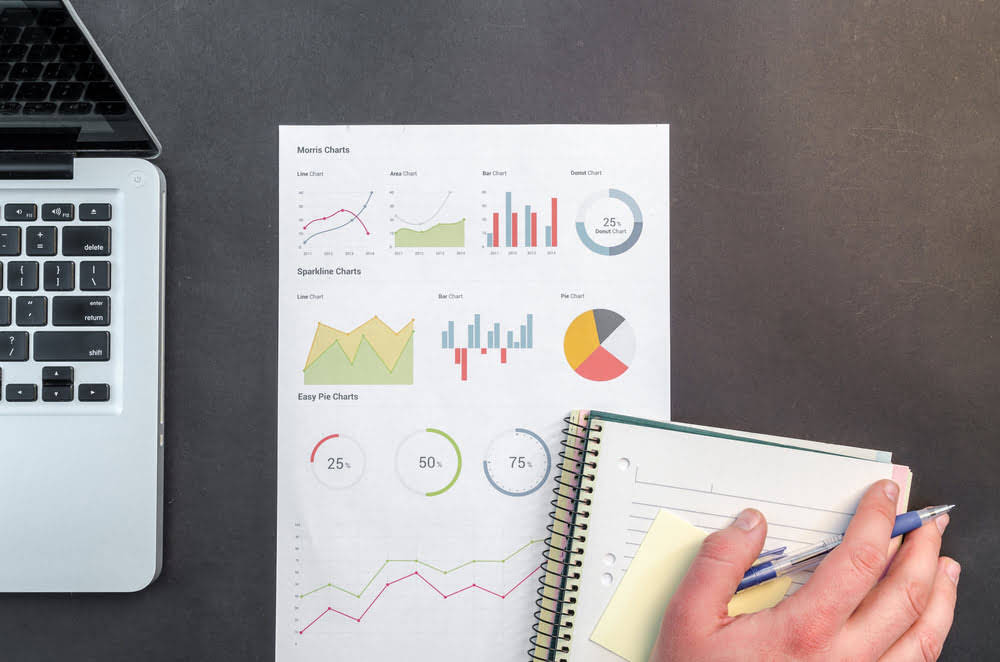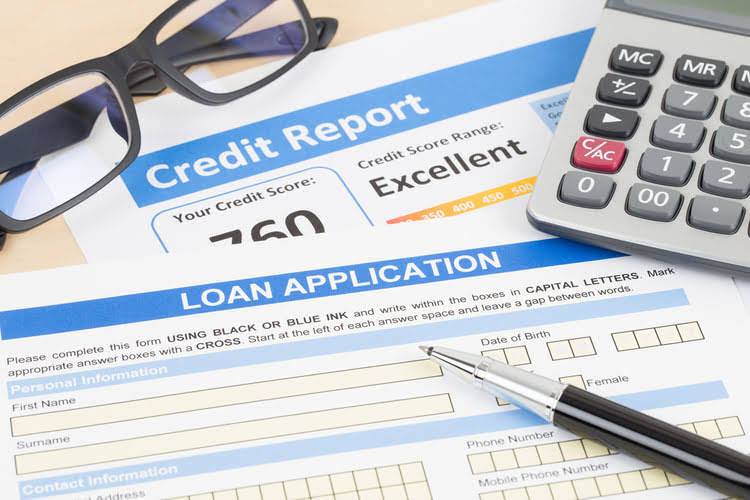What Is Obsolete Inventory, and How Do You Account for It?

Explore effective accounting strategies for managing obsolete inventory and understand its financial impacts on your business. Overall, obsolescence can have a range of negative impacts on the environment, consumers, businesses, and society as a whole. The specific accounting entries for obsolescence may vary obsolescence accounting depending on the circumstances and the accounting policies and practices of the company.
- Over time, these estimates may be proven inaccurate and need to be adjusted based on new information.
- For example, a company may use obsolescence calculations to determine when it is time to replace an outdated piece of machinery or technology, or to adjust inventory levels to reflect changes in consumer demand.
- To work through this process with data, let’s return to the example of Kenzie Company.
- As the inventory has been disposed of, the inventory and the allowance accounts have now been cleared.
- This might involve using software to track inventory levels, or it could be as simple as keeping a physical count of what is on hand.
- These items will be recorded as the inventory which is the current assets on balance sheet.
Trial Balance

This method helps in presenting a more realistic picture of the company’s financial health by acknowledging the reduced value of unsellable items. The debit to the income statement reduces the net income which in turn reduces the retained earnings and therefore the owners equity in the business. Understanding the nuances of obsolete inventory accounting begins with recognizing the different types of inventory that can become obsolete. Raw materials, work-in-progress items, and finished goods can all fall into this category if they remain unsold or https://www.instagram.com/bookstime_inc unused for extended periods.
Financial Statement Impacts of Obsolete Inventory
The reasons for obsolescence can vary widely, from technological advancements rendering products outdated to shifts in consumer demand making certain items less desirable. Companies report inventory obsolescence by debiting an expense account and crediting a contra asset account. When the actual inventory goes obsolete, the company has to quantify them in the dollar value and make the adjustment. By https://www.bookstime.com/ this time, the obsolete inventory will be disposed, so it should be removed from the balance sheet.
Understanding Obsolescence Risk

These tools can flag items with low turnover rates or those that have been in storage for extended periods, providing actionable insights for inventory managers. Additionally, integrating these software solutions with sales and customer relationship management (CRM) systems can offer a more comprehensive view of product lifecycle and customer preferences. Businesses often grapple with the challenge of managing obsolete inventory, which can significantly impact their financial health.
Depreciation: Definition
Overall, obsolescence can take many forms and can affect different industries and types of assets in different ways. Companies and individuals must remain aware of the risk of obsolescence and work to adapt to changing circumstances in order to stay relevant and competitive. As a result, companies and individuals must remain aware of the risk of obsolescence and work to adapt to changing circumstances in order to stay relevant and competitive. Some of this has been discussed in the prior section; still, let’s dig into the specific financial statement implications of booking the entries discussed above (and in more depth below. There are a number of reasons why a company doesn’t want to hang onto obsolete inventory. Below is a list of some of those reasons, and each company that does carry obsolete inventory may not necessarily experience each downside.
- Under these conditions, the dealer might agree to pay you $20,000 for the truck in five years.
- Our work has been directly cited by organizations including Entrepreneur, Business Insider, Investopedia, Forbes, CNBC, and many others.
- The expenditure on the purchase of machinery is not regarded as part of the cost of the period; instead, it is shown as an asset in the balance sheet.
- All assets have a useful life and every machine eventually reaches a time when it must be decommissioned, irrespective of how effective the organization’s maintenance policy is.
- Businesses should periodically assess their product portfolio to identify items that are nearing the end of their lifecycle.
- It also affects financial ratios and can impact the company’s overall financial health and borrowing capacity.
How Does Obsolete Inventory Affect Financial Ratios?
Move away from reactive practices and embrace proactive strategies to reduce excess and obsolete stock. With a large size of inventory, company will be facing high inventory cost as well. The company will try its best to minimize the inventory obsolete cost as it is the cost that does not provide any benefit to the customers or company.

An accounting loss results from expensing a revenue-generating asset instead of capitalizing it and thus, not creating any future value for the company. The accumulated Depreciation account will show a debit balance as a result. If the useful life is short, then calculated Depreciation will also be less in the early accounting periods.
Clothing and apparel retailers have the most difficulty with obsolescence. They need to get rid of the inventory before it becomes obsolete and worthless to them. The $1,500 net value of the inventory less the $800 proceeds from the sale has created an additional loss on disposal of $700, which is charged to the cost of goods sold account. The term “obsolete” comes from the Latin for “grown old, worn out.” In our 21st-century business environment, obsolete often refers more to technological than physical wearing out. Enable confident decision-making in establishing reserves for shrinkage, obsolescence, and excess inventory. Chartered accountant Michael Brown is the founder and CEO of Double Entry Bookkeeping.


Commenti recenti